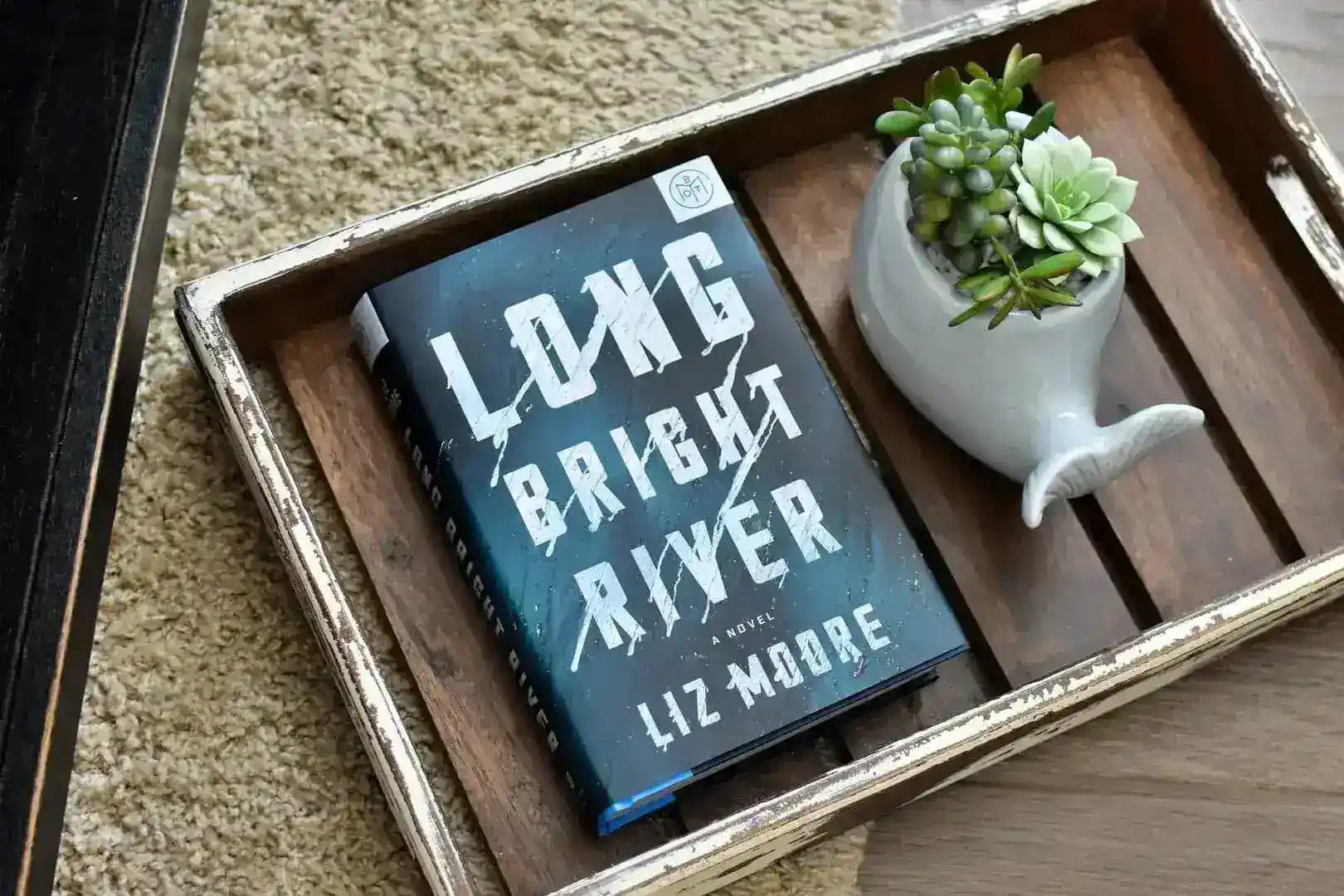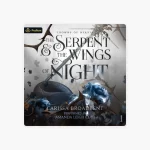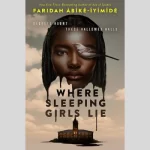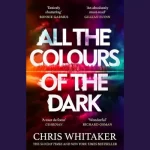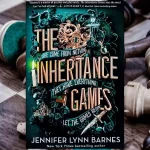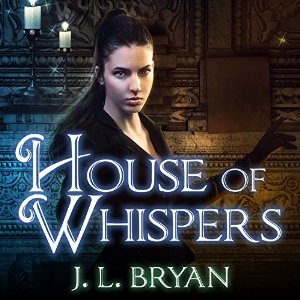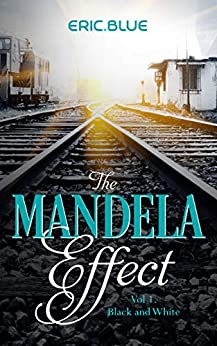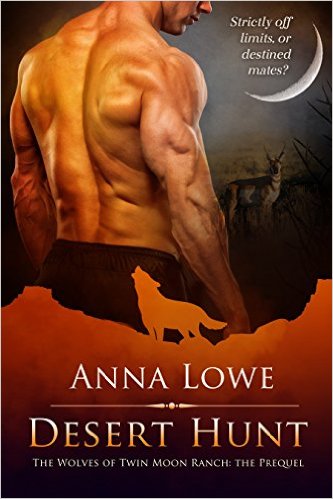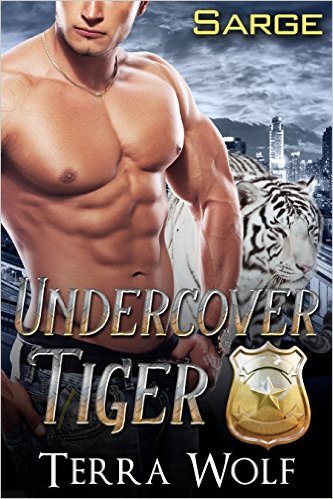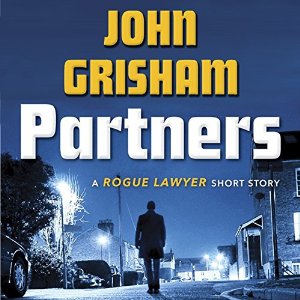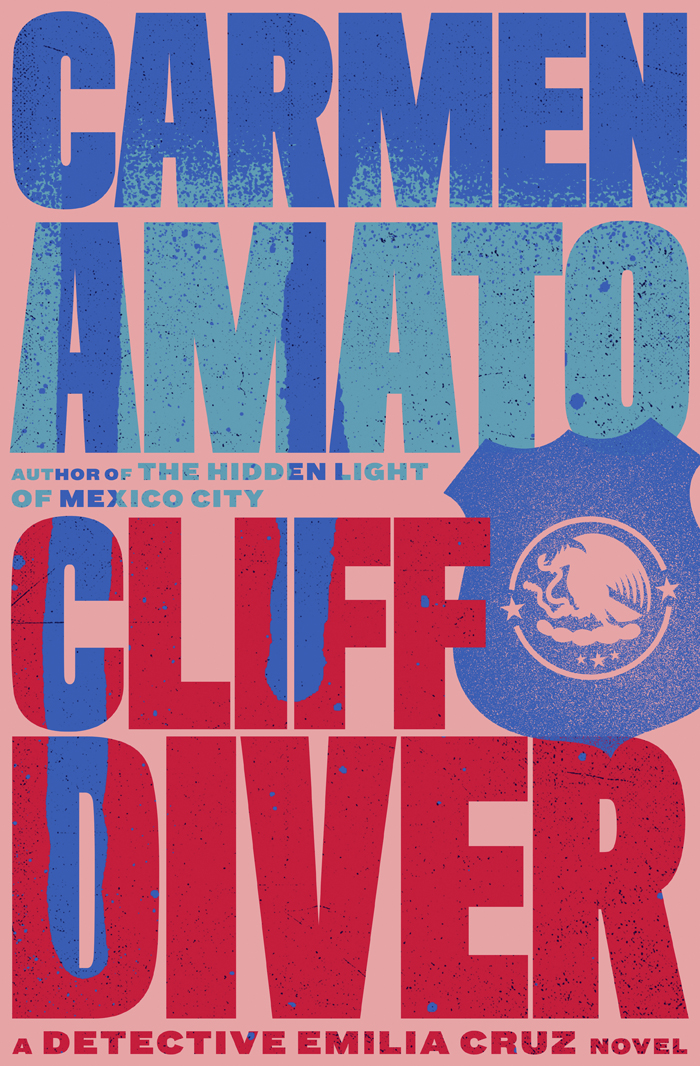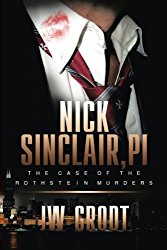“You can’t really understand a neighborhood like Kensington unless you’ve lived through its changes.”
That’s the thought that kept echoing in my mind as I turned the final page of Long Bright River, the bestselling novel by Liz Moore. A gritty and emotional tale set against the backdrop of Philadelphia’s Kensington neighborhood, the story isn’t just fiction—it’s a reflection of real pain, real history, and real people.
I’m a lifelong Kensington resident. I’ve seen it go from an industrial hub to the epicenter of the opioid crisis. And while I’ve read many Liz Moore Books, Long Bright River hits close to home—not just because of the setting, but because it tries—earnestly, if not always accurately—to capture what this neighborhood has endured.
Let’s talk about it.
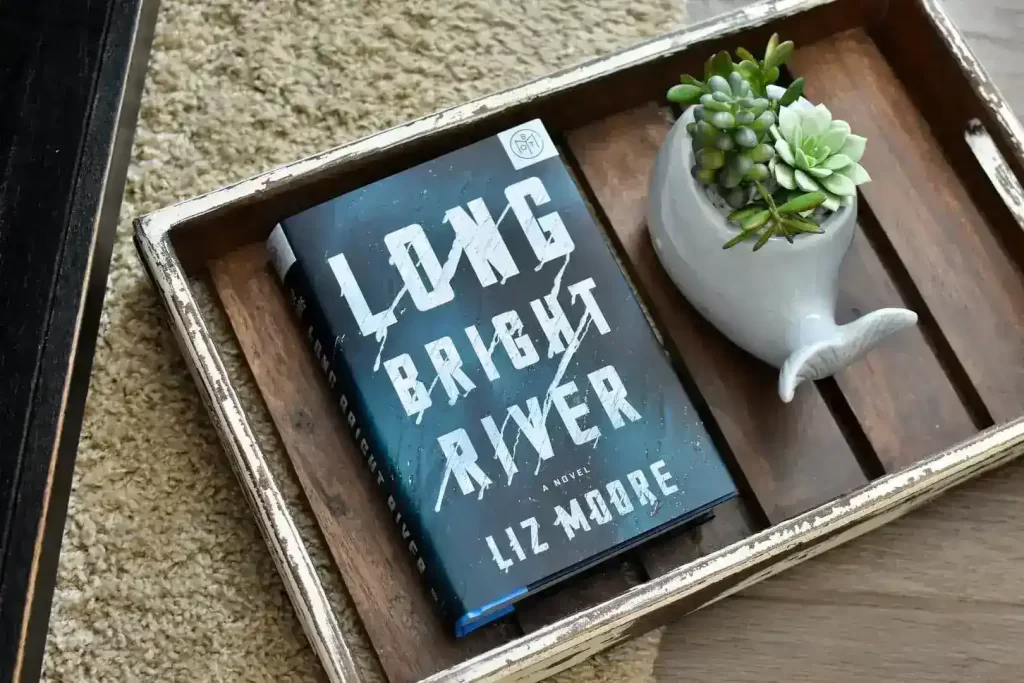
Content
The Premise: Familiar Yet Fresh
At its heart, the Long Bright River Book Series is about two sisters: Mickey, a patrol cop, and Kacey, a drug user missing on the streets of Kensington. As Mickey investigates a string of murders and searches for her sister, the story becomes more than a procedural thriller. It’s a Long Bright River Book Summary that touches on addiction, family trauma, gentrification, and systemic failure. In short, it tries to do a lot—and mostly succeeds.
The narrative shifts between past and present, giving readers both the cold streets Mickey patrols and the warm memories of their shared childhood. It’s a clever technique that works. It gives the Long Bright River Summary an emotional core that resonates, especially if you know what it means to lose someone to addiction.
What the Book Gets Right About Kensington
First off, props to Liz Moore. She didn’t just Google Philly and throw in a few cheesesteaks and Eagles references. Her portrayal of Kensington feels lived-in. The detail about corners where deals go down, the abandoned homes, the sense of tension on every block—it’s authentic.
And unlike many portrayals of urban America, Long Bright River doesn’t just show crime for drama’s sake. It shows consequences. It shows the humanity of people suffering. That’s something I respect. As a Kensington native, I can say the book gives a voice to those often ignored.
Even the references to the Philly accent, the constant hum of the El overhead, the complicated relationship between cops and the community—these are all captured with a kind of weary grace.
Where the Book Falters
That said, not everything lands. There are moments in the Long Bright River Book Review where it feels like Moore leans too heavily on plot mechanics at the expense of nuance. A few twists feel forced, and the ending ties things up a bit too cleanly for a story rooted in such messy realities.
Also, while the book touches on systemic issues, it doesn’t dig quite deep enough. There’s mention of corruption, poverty, and institutional neglect, but some readers—especially locals—might wish it took the analysis further.
The Addiction Portrayal: Painfully Accurate
If you’ve lost someone to addiction, or if you’ve walked under the El and seen what fentanyl is doing to people, parts of Long Bright River will hit you like a gut punch. Kacey’s arc isn’t just about bad decisions. It’s about a system that failed her.
One of the most powerful elements of the Long Bright River Book Summary Spoilers is how it refuses to make her a villain or a victim. She’s a person—flawed, resilient, slipping in and out of reach. That mirrors so many of the people I’ve known. Some made it. Some didn’t.
It’s this emotional honesty that elevates the novel beyond a crime thriller. It’s a social novel, in the tradition of Dickens or Dreiser, with Philly grit.
The Sisterhood Angle
What makes the story compelling isn’t just the investigation—it’s the love between two sisters torn apart by circumstance. Mickey and Kacey feel real, like women you might’ve gone to school with, worked with, or seen standing in the checkout line at Wawa.
The push-pull between them is raw and full of tension. Mickey’s guilt, her relentless search, and her complex view of justice all feel earned. It’s what makes this Long Bright River Review matter.
A Few Words on Style
Moore’s prose is stripped-down, urgent, and unsentimental. It matches the story perfectly. There are no flowery detours, no overworked metaphors. It’s straight talk, like a cop’s notebook or a mother’s warning.
She lets the city speak for itself: in crumbling rowhomes, in sirens, in the silence of someone who doesn’t come home.
Should You Read It?
Absolutely. Especially if you live in Philly or care about addiction, poverty, or the resilience of working-class communities. It’s not a perfect novel, but it’s an important one.
And while it’s fiction, it opens doors for real conversations—about what our neighborhoods have been through and what we owe them now.
If you’re new to Liz Moore Books, this is the place to start.
Final Thoughts: Long Bright River
Long Bright River doesn’t pretend to have all the answers, but it asks the right questions—about family, loss, community, and survival. It’s a mirror held up to a neighborhood that’s often misunderstood, and a reminder that even in the darkest stretches, there’s still humanity.
If my Long Bright River Review hasn’t convinced you yet, let me say this: the book may not fix Kensington, but it sees it. And sometimes, being seen is the beginning of healing.
Explore a wildly different yet equally gripping world in our review of the hit series Dungeon Crawler Carl.
FAQs
What is the book Long Bright River about?
Long Bright River follows a Philadelphia cop searching for her missing sister amid an opioid crisis, blending crime drama with emotional depth.
Is Long Bright River a good book?
Yes, it’s widely praised for its gripping narrative, realistic portrayal of addiction, and strong emotional core.
Is Long Bright River a true story?
No, it’s a work of fiction by Liz Moore, though it’s inspired by real issues facing Philadelphia communities.
Do Truman and Mickey get together in the book?
Yes, Mickey and Truman develop a subtle romantic connection, but it’s portrayed with restraint and realism.

Meet Jessica, our bookworm extraordinaire! She’s an avid reader with a penchant for mysteries and a soft spot for fantasy worlds. Join her in exploring the pages of literary treasures.

